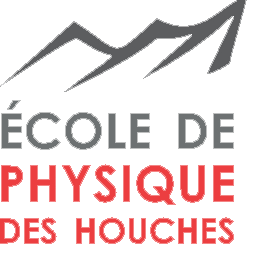Speaker
Description
Bound state quantum electrodynamics is one of the most thoroughly tested theories in physics, but was recently challenged by measurements done on muonic atoms, where a discrepancy of >5$\sigma$ was reported between the nuclear charge radii extracted from spectroscopic measurements on muonic hydrogen and electronic hydrogen [1-4]. To gain new insights into the “proton radius puzzle” we aim to measure the 1S-2S transition in He+ with kHz accuracy using Ramsey-Comb spectroscopy [5], and compare it to measurements of the 2S-2P transition in muonic He+ performed by the CREMA collaboration. We will combine a 790 nm photon with one at 32 nm (obtained by high-harmonic generation) to excite the transition. For this experiment a single helium ion will be trapped in a linear Paul trap together with a beryllium ion. The latter is used to sympathetically cool He+ and for reading out its quantum state to perform spectroscopy.
To explore the dynamics between the ions and to optimize cooling parameters we performed simulations. Finite element calculations of the trap were carried out and fitted with a multipole expansion to estimate higher-order field contributions. By including these field corrections in the molecular dynamics simulations of the ions, the experimental cycle of loading the trap, cooling and manipulation of both ions, and the dynamics during spectroscopy is investigated.
[1] R. Pohl et al., Nature 466, 213–216 (2010)
[2] A. Antognini et al., Science 339, 417 (2013)
[3] R. Pohl et al., Science 353, 669-673 (2016)
[4] A. Beyer, et al., Science 358, 79-85 (2017)
[5] J. Morgenweg, I. Barmes, K.S.E. Eikema, Nature Physics 10, 30-33 (2014)
